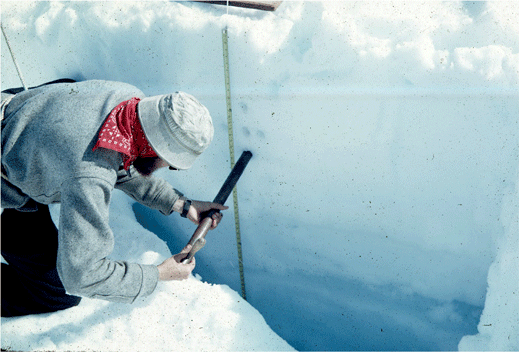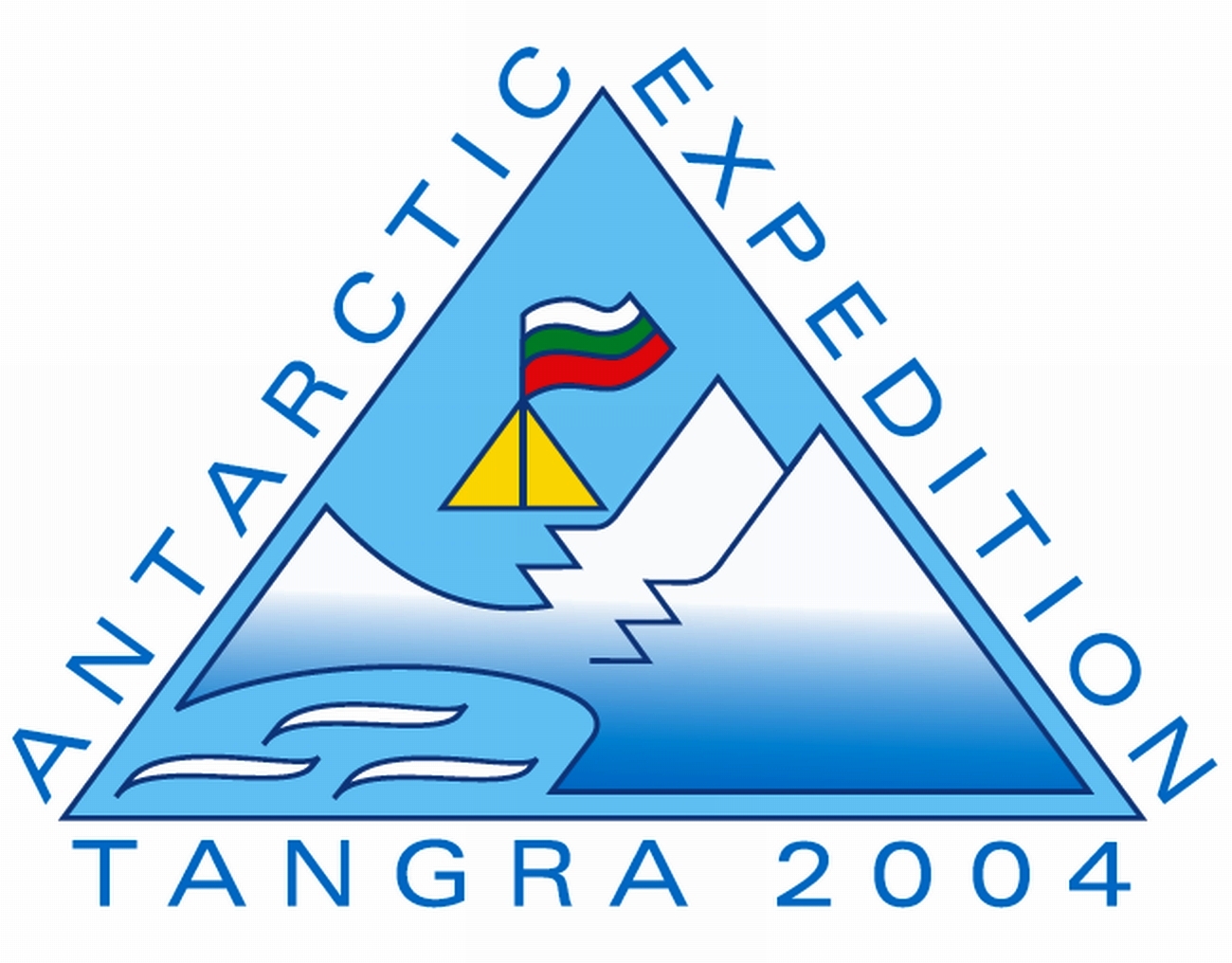|
Lyaskovets Peak
Lyaskovets Peak ( bg, връх Лясковец, vrah Lyaskovets, ) is the easternmost peak of Friesland Ridge in the Tangra Mountains, eastern Livingston Island and has an elevation of 1,473 m. The peak is bounded by Catalunyan Saddle on the west and Shipka Saddle on the east, and is heavily glaciated and crevassed, with precipitous western, southern and eastern slopes. It surmounts Huron Glacier to the northwest and northeast, and Macy Glacier and Brunow Bay area to the south. Its northern offshoot forms Zograf Peak, and is linked to Lozen Nunatak, Erma Knoll and Aheloy Nunatak in Huron Glacier. The peak is named after Lyaskovets, a town in central northern Bulgaria. Location Lyaskovets Peak is located at , which is 2.3 km east-northeast of Mount Friesland (the summit of Friesland Ridge and Livingston Island, 1,700 m), 3.2 km south-southeast of Kuzman Knoll, 1.33 km south by east of Zograf Peak, 1.3 km west of Levski Peak, and 4.6 km west by nor ... [...More Info...] [...Related Items...] OR: [Wikipedia] [Google] [Baidu] |
Tangra Mountains
Tangra Mountains (in Bulgarian ''Тангра планина'', 'Tangra planina' \'tan-gra pla-ni-'na\) () form the principal mountain range of Livingston Island in the South Shetland Islands, Antarctica. The range had been nameless until 2001, when it was named after Tangra, "the name of the ancient Bulgarian god." . Tangra Mountains are long between |
Livingston Island
Livingston Island (Russian name ''Smolensk'', ) is an Antarctic island in the Southern Ocean, part of the South Shetlands Archipelago, a group of Antarctic islands north of the Antarctic Peninsula. It was the first land discovered south of 60° south latitude in 1819, a historic event that marked the end of a centuries-long pursuit of the mythical ''Terra Australis Incognita'' and the beginning of the exploration and utilization of real Antarctica. The name Livingston, although of unknown derivation, has been well established in international usage since the early 1820s. Geography Livingston Island is situated in West Antarctica northwest of Cape Roquemaurel on the Antarctic mainland, south-southeast of Cape Horn in South America, southeast of the Diego Ramírez Islands (the southernmost land of South America), due south of the Falkland Islands, southwest of South Georgia Islands, and from the South Pole.L. IvanovGeneral Geography and History of Livingston Island.In ... [...More Info...] [...Related Items...] OR: [Wikipedia] [Google] [Baidu] |
Kuzman Knoll
Kuzman Knoll (Kuzmanova Mogila \'kuz-ma-no-va mo-'gi-la\) is a solitary ice-covered knoll rising to 620 m in eastern Livingston Island in the South Shetland Islands, Antarctica. The knoll forms a conspicuous landmark in Wörner Gap area, overlooking Huron Glacier and upper Perunika Glacier. It was named after Kuzman Tuhchiev, participant in the 1993/94 Bulgarian Antarctic campaign and base commander at St. Kliment Ohridski during the 1994-96 seasons. The feature is named ''‘Tukhchiev Knoll’'' by the U.S. and British Antarctic naming committees; "Kuzman Knoll" is the official Bulgarian name, which is established among the Spanish and Bulgarian scientists working in the area. First ascent by the Bulgarians Kuzman Tuhchiev and Vasil Gurev from St. Kliment Ohridski Base during the 1994/95 season. Location The knoll is located at which is 1.1 km north-northeast of Camp Academia site, 1.1 km east of the midpoint of Wörner Gap, 3.68 km east-northeast of the s ... [...More Info...] [...Related Items...] OR: [Wikipedia] [Google] [Baidu] |
Lyaskovets
Lyaskovets ( bg, Лясковец ) is a town in central northern Bulgaria, located in homonymous municipality of Veliko Tarnovo Province, 10 km northeast of Veliko Tarnovo, 2 km southeast of Gorna Oryahovitsa and 5 km south of the Yantra River, north of the Balkan Mountains. Its name comes from the word ''leska'' (' hazel') or ''leshnik'' ('hazelnut'), because the tree was abundant in the area. As of December 2009, the town has a population of 10,314 inhabitants.Bulgarian National Statistical Institute - towns in 2009 , in the sub-Antarctic, is named after the town. Geography Lyaskovets ...[...More Info...] [...Related Items...] OR: [Wikipedia] [Google] [Baidu] |
Bulgarian Toponyms In Antarctica
Bulgarian toponyms in Antarctica are approved by the Antarctic Place-names Commission in compliance with its ''Toponymic Guidelines'', and formally given by the President of the Republic according to the Bulgarian Constitution and the established international and Bulgarian practice. Place naming is confined to nameless geographic features situated in the Antarctic Treaty area, the region south of the parallel 60 degrees south latitude. Details of the Bulgarian Antarctic toponyms are published by the websites of the commission and the international Composite Gazetteer of Antarctica maintained by the Scientific Committee on Antarctic Research (SCAR). Alphabetical lists of the relevant place names: * A * B * C * D * E * F * G * H * I * J * K * L * M * N * O * P * Q * R * S * T * U * V * W * Y * Z See also * Antarctic Place-names Commission * Composite Gazetteer of Antarctica * Bulgarian placename etymology External links Bulgarian Antarctic Gaz ... [...More Info...] [...Related Items...] OR: [Wikipedia] [Google] [Baidu] |
Firn
__NOTOC__ Firn (; from Swiss German "last year's", cognate with ''before'') is partially compacted névé, a type of snow that has been left over from past seasons and has been recrystallized into a substance denser than névé. It is ice that is at an intermediate stage between snow and glacial ice. Firn has the appearance of wet sugar, but has a hardness that makes it extremely resistant to shovelling. Its density generally ranges from 0.35 g/cm3 to 0.9 g/cm3, and it can often be found underneath the snow that accumulates at the head of a glacier. Snowflakes are compressed under the weight of the overlying snowpack. Individual crystals near the melting point are semiliquid and slick, allowing them to glide along other crystal planes and to fill in the spaces between them, increasing the ice's density. Where the crystals touch they bond together, squeezing the air between them to the surface or into bubbles. In the summer months, the crystal metamorphosis can occur ... [...More Info...] [...Related Items...] OR: [Wikipedia] [Google] [Baidu] |
Crevasse
A crevasse is a deep crack, that forms in a glacier or ice sheet that can be a few inches across to over 40 feet. Crevasses form as a result of the movement and resulting stress associated with the shear stress generated when two semi-rigid pieces above a plastic substrate have different rates of movement. The resulting intensity of the shear stress causes a breakage along the faces. Description Crevasses often have vertical or near-vertical walls, which can then melt and create seracs, arches, and other ice formations. These walls sometimes expose layers that represent the glacier's stratigraphy. Crevasse size often depends upon the amount of liquid water present in the glacier. A crevasse may be as deep as 45 metres and as wide as 20 metres. by [...More Info...] [...Related Items...] OR: [Wikipedia] [Google] [Baidu] |
Grade (climbing)
In rock climbing, mountaineering, and other climbing disciplines, climbers give a grade to a climbing route or boulder problem, intended to describe concisely the difficulty and danger of climbing it. Different types of climbing (such as sport climbing, bouldering or ice climbing) each have their own grading systems, and many nationalities developed their own, distinctive grading systems. There are a number of factors that contribute to the difficulty of a climb, including the technical difficulty of the moves, the strength, stamina and level of commitment required, and the difficulty of protecting the climber. Different grading systems consider these factors in different ways, so no two grading systems have an exact one-to-one correspondence. Climbing grades are inherently subjective.Reynolds Sagar, Heather, 2007, ''Climbing your best: training to maximize your performance'', Stackpole Books, UK, 9. They may be the opinion of one or a few climbers, often the first ascens ... [...More Info...] [...Related Items...] OR: [Wikipedia] [Google] [Baidu] |
Tangra 2004/05
The Tangra 2004/05 Expedition was commissioned by the Antarctic Place-names Commission at the Ministry of Foreign Affairs of Bulgaria, managed by the Manfred Wörner Foundation, and supported by the Bulgarian Antarctic Institute, the Institute of Mathematics and Informatics at the Bulgarian Academy of Sciences, Bulgarian Posts, Uruguayan Antarctic Institute, Peregrine Shipping (Australia), and Petrol Ltd, TNT, Mtel, Bulstrad, Polytours, B. Bekyarov and B. Chernev (Bulgaria). Expedition team Dr. Lyubomir Ivanov (team leader), senior research associate, Institute of Mathematics and Informatics at the Bulgarian Academy of Sciences; chairman, Antarctic Place-names Commission; author of the 1995 Bulgarian Antarctic ''Toponymic Guidelines'' introducing in particular the present official system for the Romanization of Bulgarian; participant in four Bulgarian Antarctic campaigns, and author of the first Bulgarian Antarctic topographic maps. Doychin Vasilev ... [...More Info...] [...Related Items...] OR: [Wikipedia] [Google] [Baidu] |
Camp Academia
Camp Academia ( bg, лагер Академия, lager Akademiya, ) is a geographical locality in eastern Livingston Island, South Shetland Islands, Antarctica, named for the Bulgarian Academy of Sciences in appreciation of Academy’s contribution to the Antarctic exploration. The site was first occupied in the 2004/05 austral summer, and has been designated since 2004 as the summer post office Tangra 1091, the southernmost branch of the Bulgarian Posts Plc. Access and survey routes Camp Academia is strategically situated in upper Huron Glacier, Wörner Gap area, at elevation 541 m in the northwestern foothills of Zograf Peak, central Tangra Mountains. The site is accessible by 11-12.5 km routes from the Bulgarian base St. Kliment Ohridski and the Spanish base Juan Carlos I respectively. Camp Academia offers convenient overland access to the main range of Tangra Mountains to the south (with survey and climbing routes leading from Camp Academia to Lyaskovets Peak and M ... [...More Info...] [...Related Items...] OR: [Wikipedia] [Google] [Baidu] |
Directorate Of Overseas Surveys
The Ordnance Survey International or Ordnance Survey Overseas Directorate its predecessors built an archive of air photography, map and survey records for the United Kingdom from 1946 to 1999. The Ordnance Survey International Collection (formerly the Ordnance Survey International Library) held mapping records that were acquired outside the UK. Although the international division opened in 1946, the OS had been involved in overseas work for almost a century (notably the 1864-65 Ordnance Survey of Jerusalem). The agency was closed in 2001. History The agency In 1946 the ''Directorate of Colonial Surveys'' (DCS) was established by the Colonial Office to provide a central survey and mapping organisation for British colonies and protectorates. In 1957, with the imminent decolonisation of many British territories, it was renamed the ''Directorate of Overseas Surveys'' (DOS). Government reviews during the 1970s led to it being merging into the Ordnance Survey (OS) in 1984 whence it was ... [...More Info...] [...Related Items...] OR: [Wikipedia] [Google] [Baidu] |







